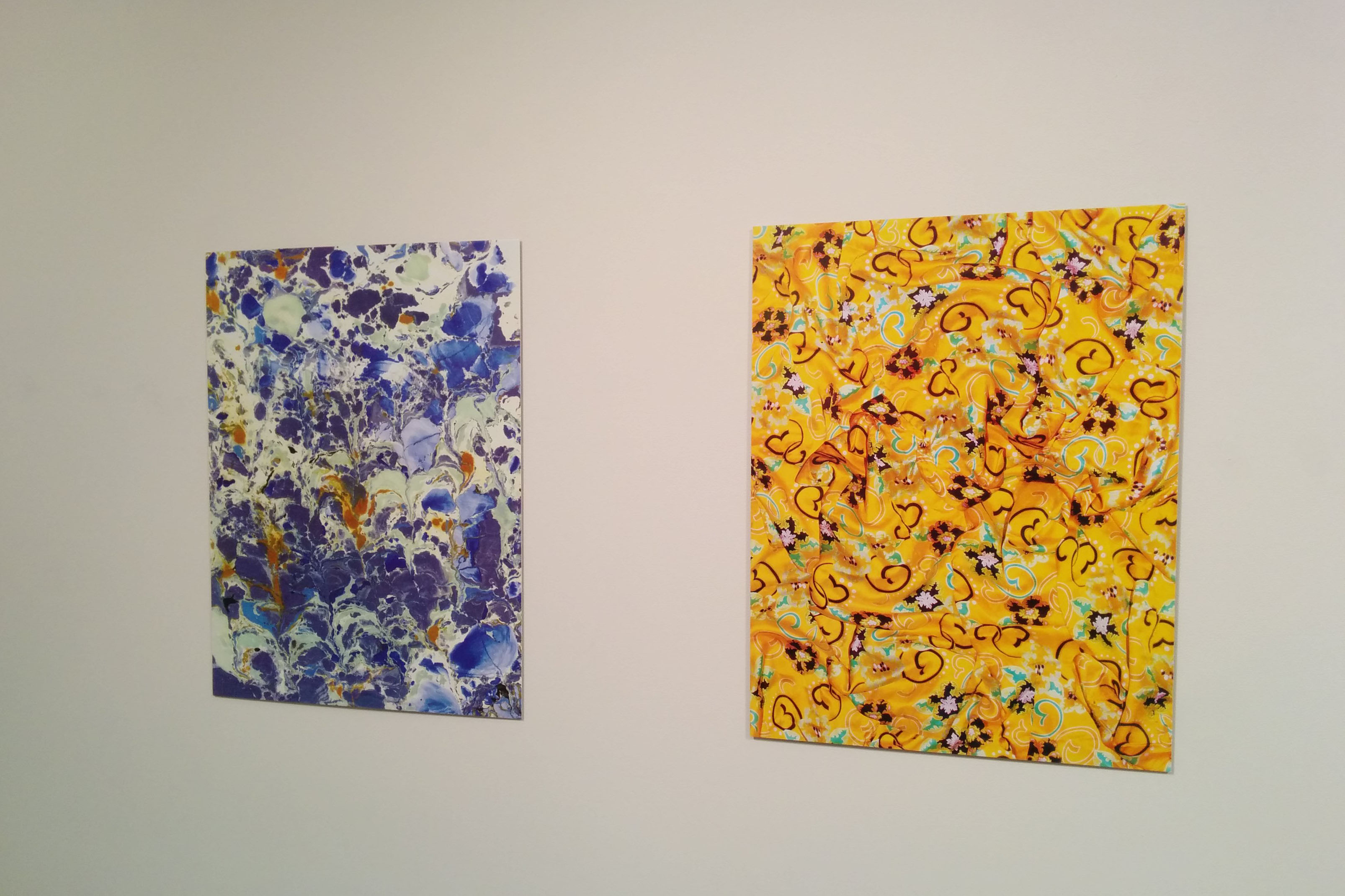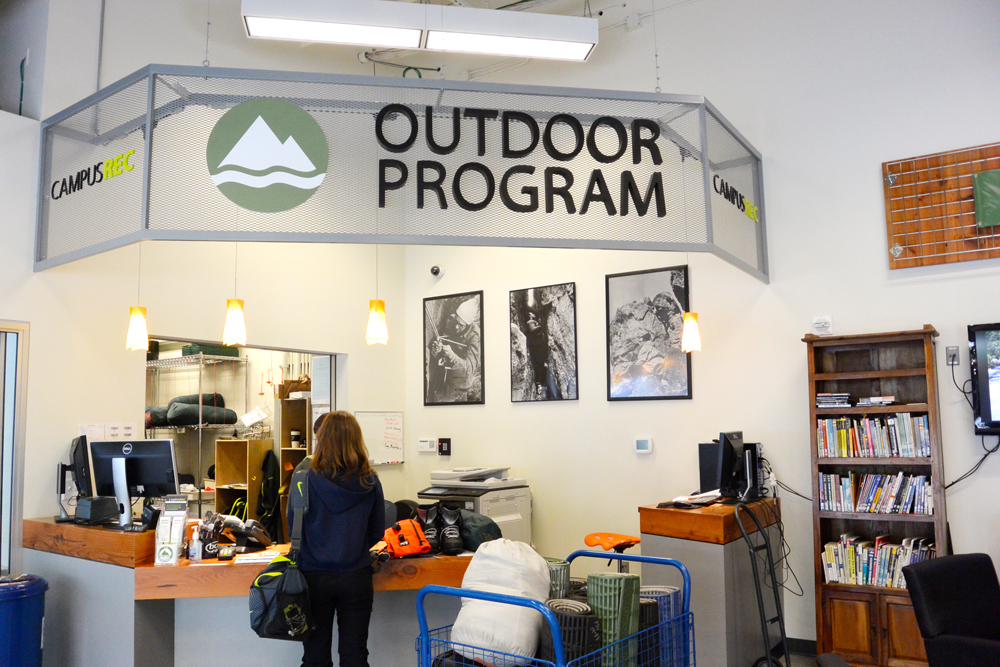There are mass murders in the Portland State Park Blocks—
—Murders of crows, that is.
The Park Blocks have been a staple of the university since the 1950s when the campus was developed around the 12-block park that runs through Southwest Portland.
In recent months, a seemingly new phenomena has ascended upon these historic Park Blocks—clouds and clouds of crows, murders upon of murders of them.
Students walking through the Park Blocks at dawn and dusk can look up and see what looks like a dark cloud looming overhead. The birds flock to the tree-lined blocks, dropping poop and filling the sky with a near-deafening chorus of caws.
“I’ve heard a lot about the crows,” said Suzan Wilson, a long-time groundskeeper at PSU. “One student told me, ‘I can’t believe all the crows I saw over the weekend—how many and how loud.’ It’s almost scary!”
Katherine Hendricks, a student in the Honors College, has been tracking these birds for her thesis project. She’s observed the behavior of the crows between Shattuck Hall and Cramer Hall, specifically focused on crow behavior from season to season.
Hendricks said on an average night she’s counted about 200 birds, but she’s seen as many as 450 on certain days.
“Huge groups of crows come in that’s just related to communal roosting,” Hendricks said. “During the winter the crows use a communal roost more than during the summer.”
Hendricks has tracked the biggest influx of birds just before sunset.
“What I’ve observed is there’s a huge group that comes in from all different directions, right before sunset, and then about half of those crows when it gets dark out will leave for another communal roost. The other half stay and that’s where they’ll sleep.”
Wilson said she’s noticed these birds on a regular basis.
“When I leave work here around 3:30, they’re all ganged up outside [Smith Memorial Student Union],” she said.
Where did these birds come from?
A simple explanation.
Urban crows love urbanites.
“[T]he number of Corvids—the category of birds that includes crows, ravens and jays—have increased over the long term, particularly in urban areas,” said Joe Liebezeit, avian conservation program manager at the Audubon Society of Portland.
“They are largely driven by the human population,” Liebezeit continued. “They are attracted to edible refuse.”
It doesn’t take an expert to see that Portland’s human population has been growing rapidly. It’s hard to walk a city block without running into a newly constructed condo building, designed to house the influx of people arriving in Portland.
Oregon Metro News released a report on March 23 estimating the current population at 2.4 million people—which reflects an average of 111 new Portland residents every day between July 2014 and July 2015.
An estimated 41,000 people moved to Portland last year. That’s a lot of people, generating a lot of garbage, which attracts a lot of opportunistic birds.
“The best way to minimize impact of crows is to minimize our own impact,” Liebezeit said. “Humans can flip it back on themselves and control their own behaviors.”
Wilson said some students have shown concern about the birds and their impact, but Liebezeit said they are not a significant threat to people living, studying and traveling through campus.
“They’re not going to really damage anything because we’re not in an agricultural area,” he said. “They are not really a threat as far as damage goes, except to nesting birds. They sometimes raid nests and eat eggs, so they’re considered nesting predators.”
When will it end?
According to a profile on crows from the Audubon Society of Portland, we’re currently in the thick of crow nesting season, which is typically characterized by noisier female birds, often involved in “flurry fights” over territory and dominance.
This explains the behaviors observed by some members of PSU’s groundskeeping crew.
“They pull the moss off the trees and drop it all around,” Wilson said.
These birds are collecting materials as they prepare to expand their feathered families.
The very apparent presence of crows on campus is not likely to let up any time soon, as these crows will lay eggs by May, and launch their young from the nests by June.
What about all the poop?
Portland Mall Management introduced a new tool early this year to aid in the fight against the crow-poop-alypse, called the Poopmaster6000. This high-powered scrubber has successfully aided cleanup crews in dealing with crows in areas of downtown, including city hall and downtown parks.
Park Blocks clean-up is the responsibility of the PSU grounds crew. Wilson said PSU’s groundskeepers haven’t made any specific efforts to deal with the crows beyond their usual procedures.
“There’s nothing to do about the crows,” she said.
Editor-in-cheese





